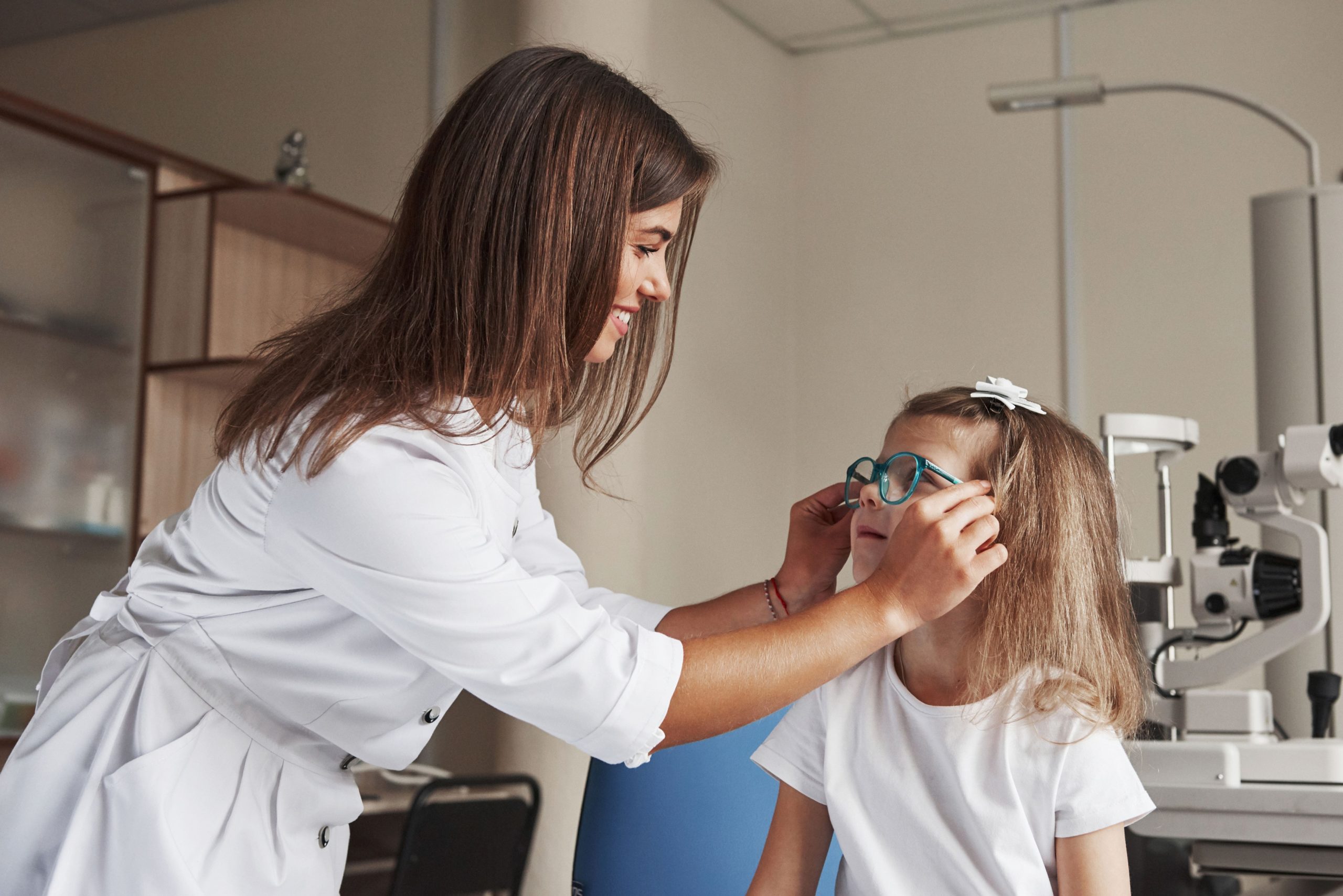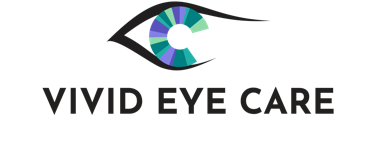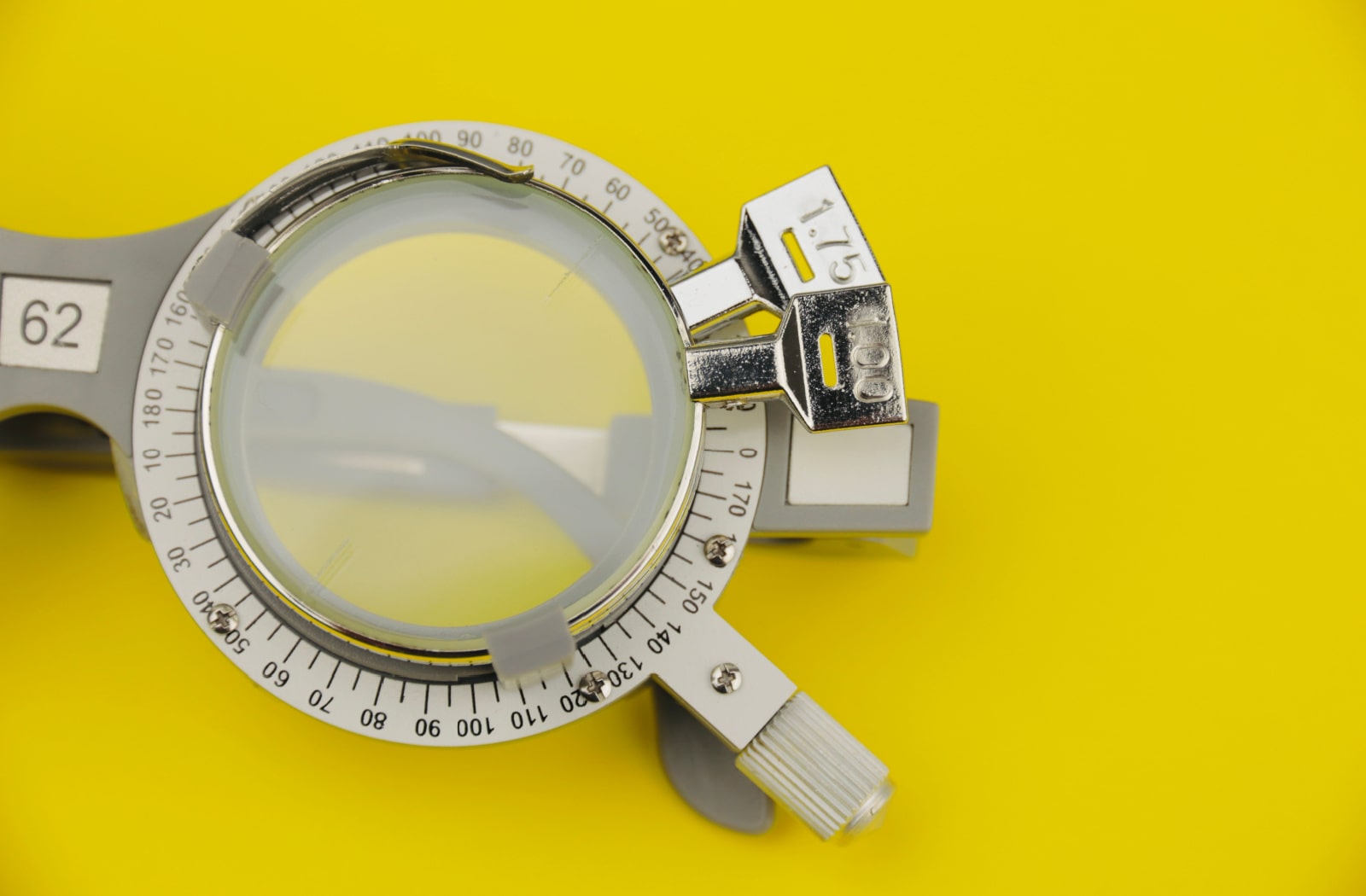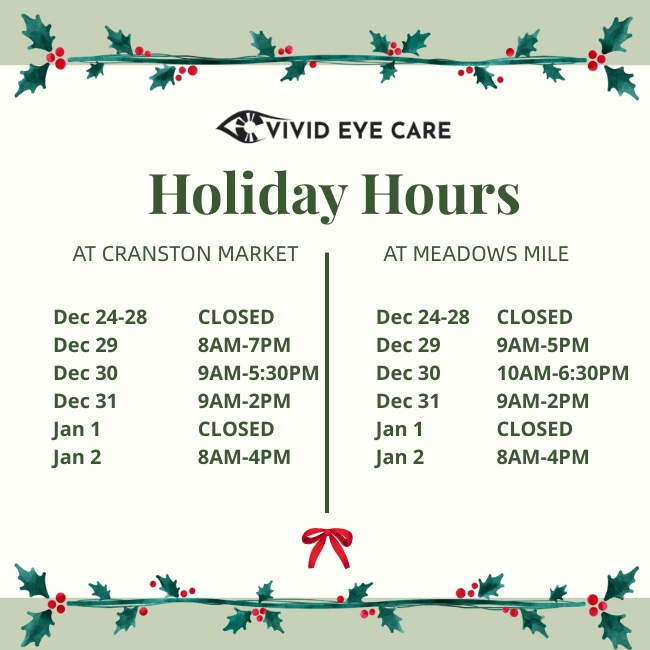Myopia, also known as nearsightedness, may be to blame if you struggle to see at a distance. It’s a common refractive error that affects approximately one in three people. Individuals with high myopia have more significant vision impairment, often leading to more severe eye conditions.
But can high myopia be corrected? The answer is yes, but it depends on the severity of the myopia and the individual’s eye health. A comprehensive eye exam with your optometrist can help determine which correction option suits your eyes.
What Is High Myopia?
High myopia, also known as pathological or degenerative myopia, is a condition where the eye grows too long, causing light to focus incorrectly on the retina at the back of the eye.
This can result in severe visual impairment and increase the risk of developing other eye problems such as:
- Retinal detachment
- Cataracts
- Glaucoma
- Myopic macular degeneration
High myopia is considered to be present when a person has a refractive error of -6.00 diopters or higher.
What Causes High Myopia?
There is no single known cause of high myopia, but it is believed to be a combination of genetic and environmental factors. Specific genetic mutations may predispose an individual to developing high myopia, while environmental factors such as reading and screen time, inadequate outdoor time, and lack of proper nutrition may also play a role.
When the eyeball length is too elongated, or the curve of the cornea is too steep, it can lead to high myopia and require powerful corrective lenses.
What Are the Symptoms of High Myopia?
Individuals with high myopia may experience blurred vision, difficulty seeing objects far away, eye strain, headaches, and squinting. Patients may also experience vision loss or floaters and flashes, which could indicate a more serious eye problem.

How is High Myopia Corrected?
Glasses and contact lenses are the most common ways to correct myopia, including high myopia. These corrective measures only provide temporary relief and can interfere with daily activities. However, surgical and other long-term options are also available to correct high myopia.
Refractive Surgery
One option for correcting high myopia is refractive surgery. Several types of refractive surgery are available, including LASIK, PRK, and intraocular lenses (IOL). LASIK and PRK surgeries use lasers to reshape the cornea, correcting myopia and reducing the strength of your corrective prescription.
Intraocular lenses are often associated with cataract surgery. However, IOLs can correct refractive errors by replacing the natural lens. The IOL can reduce your need for glasses or contact lenses.
While these surgeries can be successful, they carry risks, including infection, glare, and dry eye. Additionally, not everyone with high myopia is a suitable candidate for refractive surgery. An experienced optometrist can evaluate your individual case to determine if refractive surgery is right for you.
Orthokeratology
Orthokeratology (ortho-k), or corneal reshaping therapy, involves wearing special contact lenses overnight that reshape the cornea while you sleep. This can lead to decreased myopia and an overall improvement in vision.
While ortho-k is a non-surgical option, it comes with some risks, including the potential for infection from poor lens hygiene. Additionally, results are temporary and require continued use of the lenses to maintain the desired effect.
Scleral Contact Lenses
Scleral contact lenses are another option for those with high myopia. These specialized lenses are larger than traditional contact lenses and sit on the white part of the eye, providing improved vision by creating a smooth, continuous surface for light to enter the eye.
Scleral lenses are often used in cases where other contact lens options are ineffective. They require a bit more care and maintenance than traditional contact lenses, and there is a slight risk of infection or other complications.
Myopia Management
In recent years, research has indicated that certain methods of myopia management, such as atropine eye drops and specialty contact lenses, may effectively slow myopia progression in children. This could ultimately reduce the need for more invasive forms of treatment in adulthood.
Myopia control methods are not a cure for high myopia, and during your child’s eye exam, your optometrist can evaluate their individual case and recommend the best course of action for their specific needs.
Manage High Myopia in SE Calgary
Regular eye exams and monitoring myopia progression are vital in maintaining eye health and preventing further complications. Book an appointment at Vivid Eye Care, and our optometry team can monitor the progression of your myopia and intervene to slow its development.
Prevention is always better than a cure, so beginning myopia management methods in childhood can be highly effective. However, maintaining good eye health habits at every age is crucial in reducing the risk of high myopia.






















